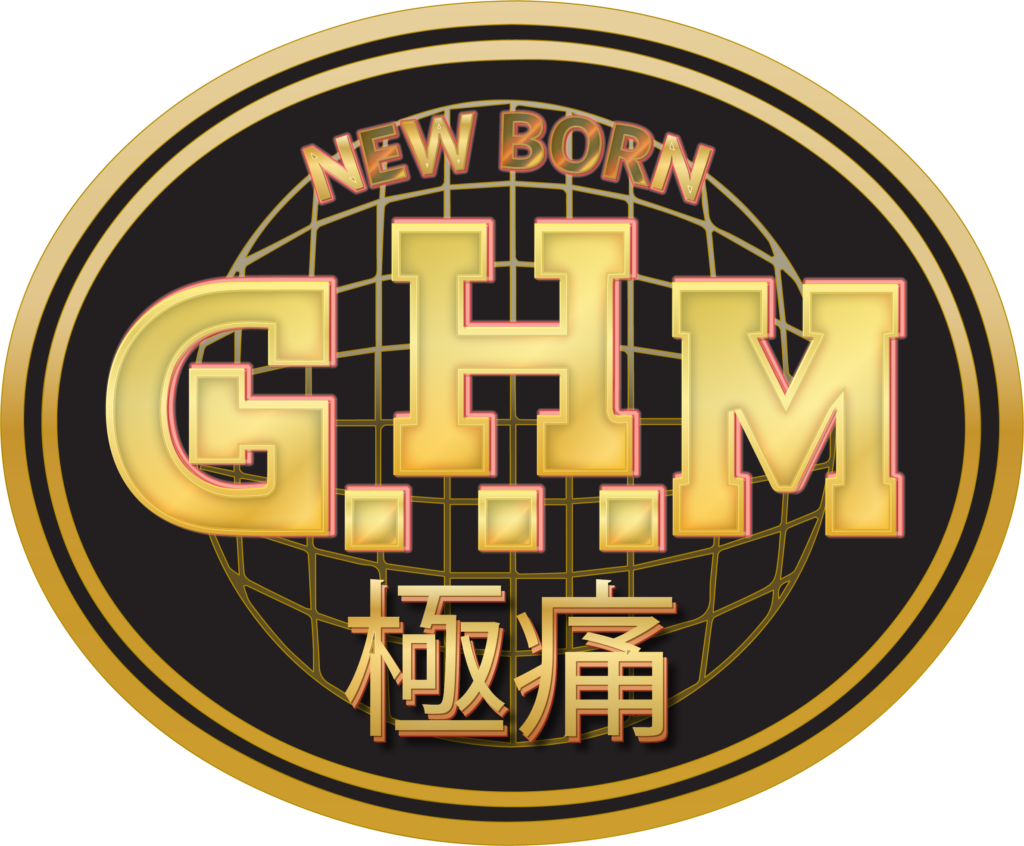
As we established, the Blondes Era ended with a downsizing of Grasshopper Manufacture and a split from the GungHo group due to Suda’s desire to break away from the corporate world and go back to directing personal projects. His intentions, however, were made obvious before the split even happened:
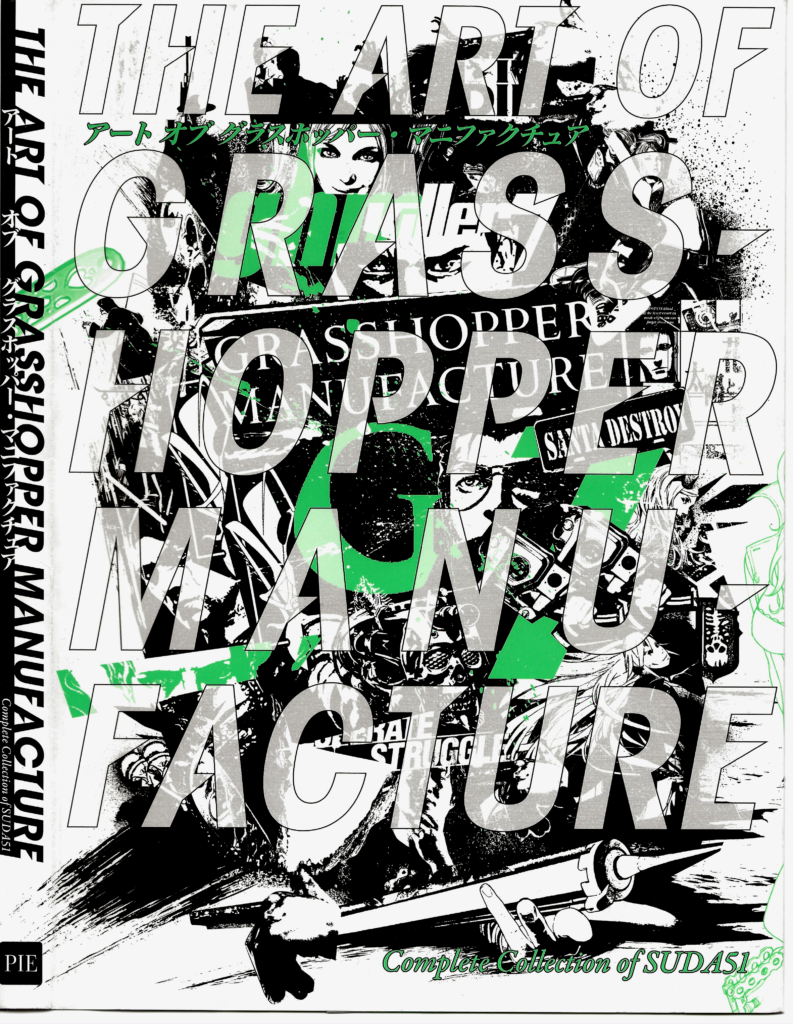
May 2015 saw the release of The Art of Grasshopper Manufacture, which, as you can surmise from reading its title and being able to breathe and walk at the same time, was an artbook dedicated to the works of Grasshopper Manufacture, beginning with the then-upcoming Let it Die and going back chronologically through the company’s catalog all the way to The Silver Case.
What’s interesting about it, outside of the obvious, is that Suda started being surprisingly open about the development cycle of some of these games, criticizing several producers who’d force him to alter his vision, namely Kadokawa, for stressing sex appeal in his games in order to better cater to the Japanese market, and EA, for rejecting five drafts of Kurayami in a row before settling on a script which retained none of the original ideas of the game, and instead focused on dick jokes and pop culture humor.
Timing these statements to the upcoming release of Let it Die, which started development as a completely different game titled Lily Bergamo, might have been enough to make his intentions clear, but around the same time 51 also began making “jokes” that he was aware of strong fan request for a third No More Heroes games, and that thanks to GungHo’s support, they might be able to deliver it in 15 to 20 years.
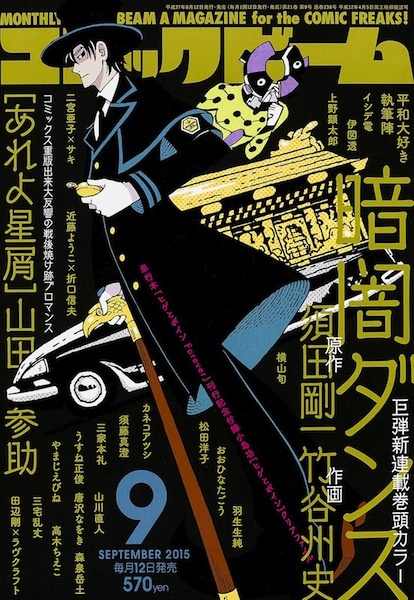
August 12th 2015 saw the release of the first issue of Kurayami Dance on Comic Beam, a manga written by Suda himself and drawn by Syuji Takeya. Suda was no stranger to Comic Beam, as the magazine cameod in the original release of The Silver all the way back in 1999, and he had already written a one-shot called Death Sentence in 2006 for their anthology “Fellows”, which was unfortunately not picked up for serialization.
Takeya’s work had, by that point, always been published by Comic Beam, meaning that he likely came into contact with Suda through the intercession of the publisher; he even took part in that same anthology as Death Sentence, with a one-shot titled “A Summer that can’t be drawn”. However their meeting took place, Takeya immediately became the go-to mangaka for Suda.
As we’ve already discussed, Kurayami Dance was based on one of the five scrapped scenarios of Kurayami, more than likely the third one, again hinting at 51’s willingness to take back his past and move into the future with more personal projects. Kurayami Dance would run for 15 months, ending on November 11th 2016.
During Kurayami Dance’s publication, Suda also began curating a weekly column on Famitsu’s website in January 2016, called 51FABLES, dedicated to short stories penned by him. The column began by publishing the killer7 spin-off story Killer is Dead, even promising a conclusion, as the story was left unfinished back in 2006. Before it could be fully reprinted, however, 51FABLES shifted to a completely new story titled Makkana Onnanoko.

Presented as a series of blog posts, Makkana Onnanoko is the story of Mamoru Kimishika, a regular middle school student whose daily life is suddenly shook by the appearance of a transfer student in his class. He, and seemingly only him, sees her skin as transparent, with throbbing veins and organs underneath; despite the intriguing premise, the bulk of the story, as is to be expected of a blog, is dedicated to mundane tangents about food, drinks, movies and the like.
As 51 explained in the SUDA51 Official Complete Book, he decided to tackle Kurayami Dance and Makkana Onnanoko in tandem after failing to write the script for Killer is Dead (the game, not the short story) in order to train himself as a writer and get back into a creative mindset, but it is also very interesting that both stories have an autobiographical edge to them: Wataru Kaido, the main character of Kurayami Dance, is an undertaker by trade coming from a single-mother household, much like Suda himself, and the story does not shy away from depicting the difficulties related to growing up in such a family.
At the same time, the day-to-day reflections present in Makkana are as much Mamoru’s as they are Suda’s. Through his entire career he has displayed a remarkable attunement with current pop culture, and he has made no secret of his love for Starbucks and most other locales and products referenced in Makkana; in that sense, Makkana Onnanoko is as much about the SUDA51 of the present (even though the protagonist is, ironically, a kid) as Kurayami Dance is about the SUDA51 of the past (even though the protagonist is, ironically, an adult).

This new autobiographical style is likely a direct response to his inability to express himself and his thoughts about life, death and society for nearly a full decade. The first chapter of Makkana Onnanoko came to a close in April 2016, with its fanbase still eagerly awaiting a sequel in the current year of 2024; meanwhile, the promised ending of Killer is Dead (the short story, not the game) did not materialize, as the 51FABLES column concluded with the end of Makkana’s first story arc. It seems like Suda’s curse of being unable to write endings to Killer is Dead (both the short story and the game, which are, in case you have forgotten, unrelated) remains unbroken.

April of 2016 also saw the tease of a re-release for The Silver Case, the very first title produced by Grasshopper Manufacture. Active Game Media had actually contacted Grasshopper all the way back in 2014 with an offer to produce a remastered and localized version of the game, and the project encountered many difficulties, not the least of which was the loss of the original source code, meaning parts of the game had to be reconstructed from scratch.
We’ve already went over the various changes this version of the game implemented compared to the original while looking at The Silver’s development history; however, some new tidbits of information came to me in a dream that will be relevant for things to come.
I would like to stress that, as this information is a fruit of my delusions, it should be assumed to be false.
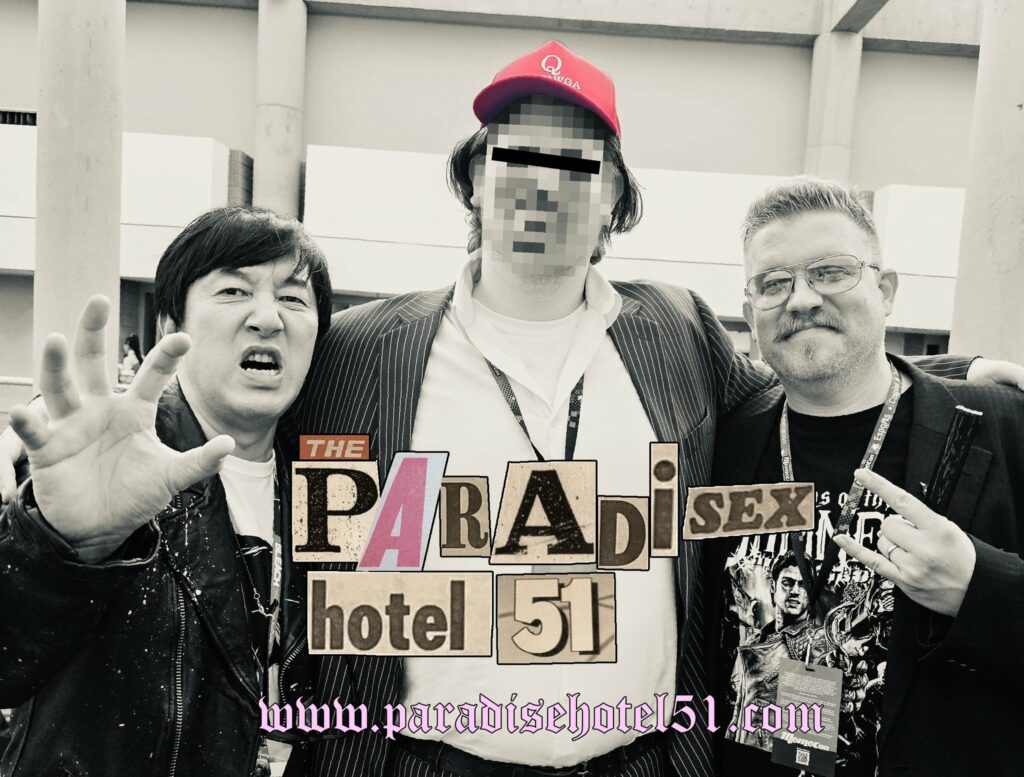

According to my dream, James Mountain, the main translator working on The Silver, had no prior knowledge of who SUDA51 was or of the game itself and was given no reference materials. As such, his first instinct was to reject the job, as he would have been paid the same amount of money as he would have for other, simpler translations. This resulted in a confrontation with an unnamed localization director who said “something” which offended Mountain, who then took the job just to spite him.
James Mountain had lived in Japan most of his life, had several run-ins with Japanese police during the 90s when he used to go around with visible tatoos and tinted hair and used to interview real-life yakuza in Kabuki-cho, making him the perfect candidate to translate The Silver.
James took the project extremely seriously, especially due to its status as a notoriously untranslatable title. The aforementioned unnamed localization director apparently resented Mountain’s enthusiasm about the project, which led to several arguments during which James threatened to beat the shit out of him during work meetings. This came to a head with the director assigning other, inexperienced translators to the project at the last minute, after James was nearly finished with the translation process, which is why the quality of the English script can vary wildly from perfectly conveying the original meaning to barely legible word salad. James wasn’t even aware that these changes had been made until a year later, since the translation work left him so burned out he did not play the game on release.
It should be noted, however, that replacing most references to Japanese culture with American ones was done at Suda’s request, in order to facilitate enjoyment of the game for western audiences, and it is to be considered a feature and not a mistake.
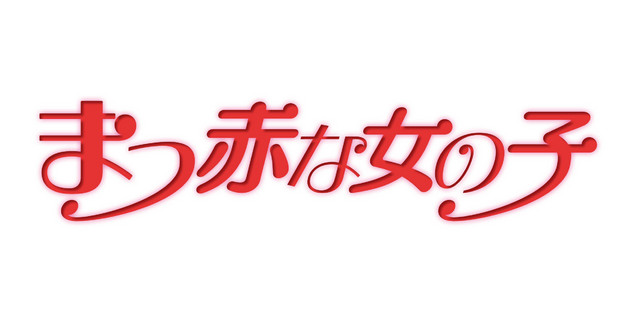
Due to the unpleasant work environment and due to the bond that Mountain and Suda formed while translating and promoting the game, he decided to approach Grasshopper Manufacture to become their full time employee as translator and PR manager, to which he was welcomed with open arms by GhM, as they were considering the exact same thing. Supposedly, this is also why Grasshopper stopped working with AGM later down the line.
Hopefully, all men and women of good stature will have the sense to dismiss these last five paragraphs of text as the ramblings of a deluded man.
As PR Manager, James began running the English and Japanese X accounts of Grasshopper Manufacture, as well as starting up an official YouTube channel for the company. It should be noted that an official GhM channel already existed and had been active between 2009 and 2014, so I can only surmise that they lost their password at some point.
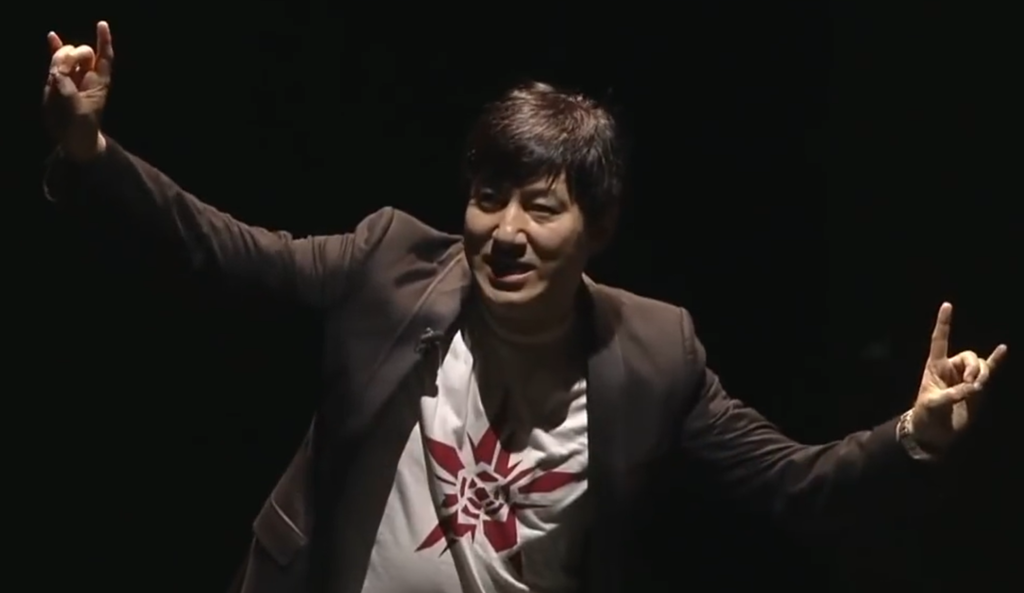
Before The Silver’s remaster was even out, Suda was already teasing a remake of The 25th Ward, a game which, at the time, was impossible to even purchase. The Silver released on PC in October 2016, and again on PlayStation 4 in April of the following year bundled with two new chapters.
January 2017 saw the first tease of a brand-new No More Heroes game, with Suda showing up at a Nintendo Switch event sporting a Santa Destroy t-shirt to announce “Travis Strikes Again”, an obvious reference to the Smiths’ song “Bigmouth Strikes Again.” In May, development on The 25th Ward’s remake was officially announced, while August saw the actual announcement of Travis Strikes Again as an upcoming No More Heroes spin-off title, meant to provide a fresh start to the character of Travis and possibly lead into a future No More Heroes III.
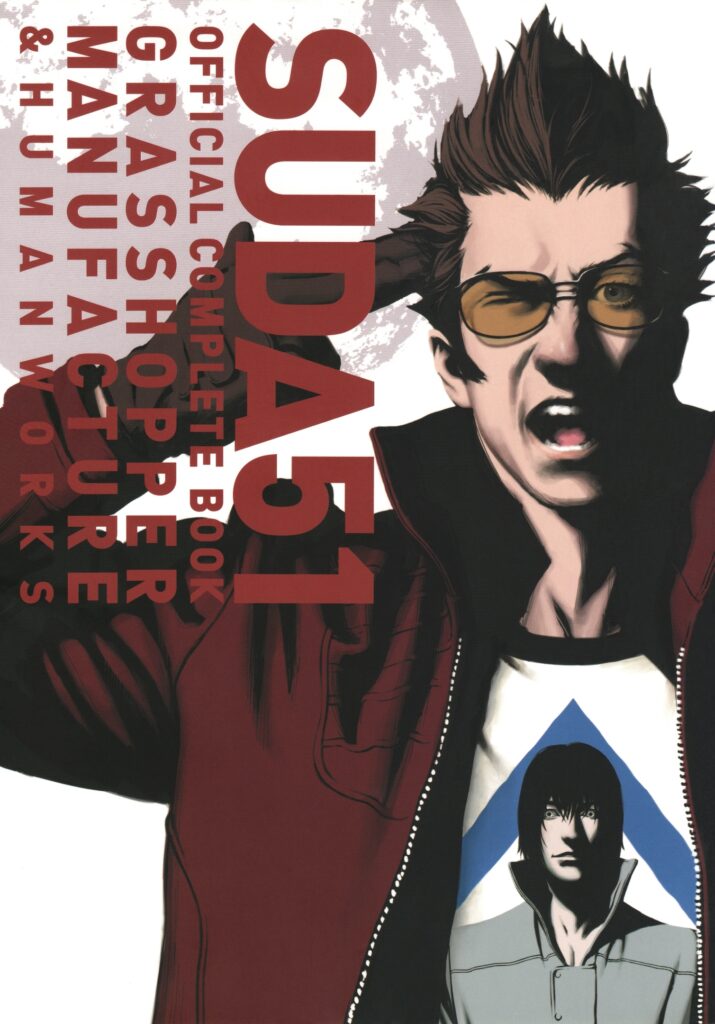
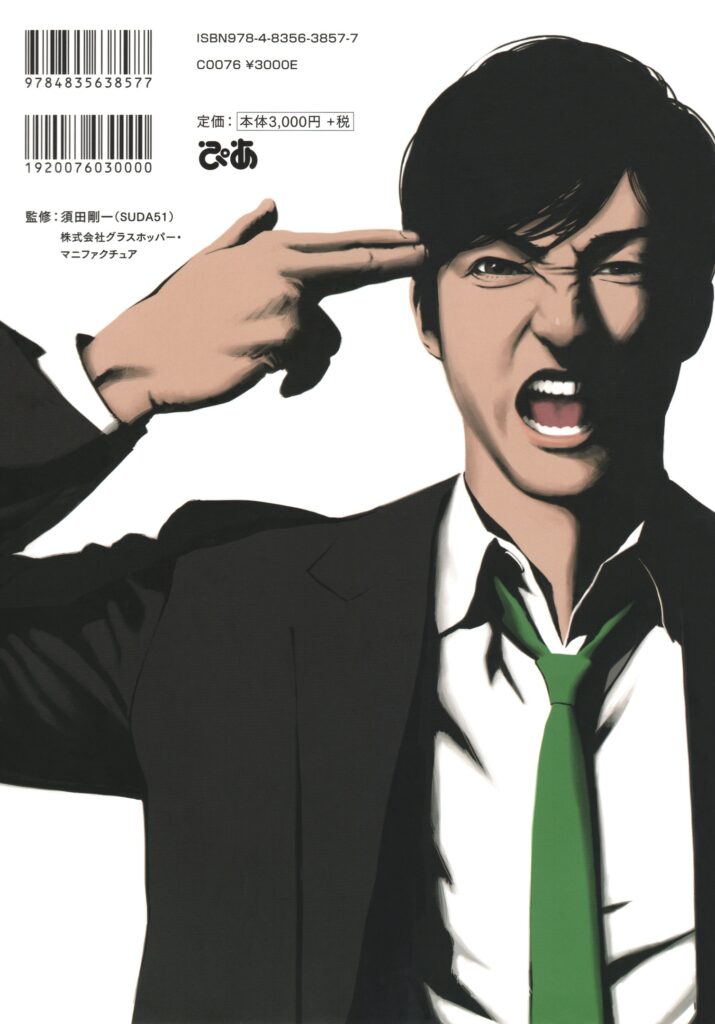
This rapid fire of re-releases and short stories came to a close in 2018, with the March release of The 25th Ward and the June release of the SUDA51 Official Complete Book, a tome in many ways similar to The Art of Grasshopper Manufacture but also covering the Human era of Suda’s career and including even more behind the scenes details and some short stories, old and new. Its double cover saw Travis Touchdown, wearing a Kamui Uehara t-shirt, be overlayed to 51 himself, both drawn by Takashi Miyamoto, who served as artist for Moonlight Syndrome, The Silver Case, Flower, Sun, and Rain and The 25th Ward. In other words, the cover itself was an attempt to bridge past and present to announce a new direction for the company.
November even saw the re-release of killer7 on Personal Computers, mostly a straight port from the Gamecube version with a few additions, such as close captions and mouse and keyboard control options, as well as 16:9 presentation. As the killer7 brand is owned by Capcom, Grasshopper had no direct involvement in the port, but I have to assume some communication happened between the two companies as the timing of its release is nothing short of serendipitous.
With these releases, Suda began the process of once again tying all of his properties together, not in a cohesive universe as he had done between 1997 and 2005, but instead by utilizing his own version of Tezuka’s Star System as he did between 2005 and 2007, making sure each of these products referenced and advertised each other in some way.
- Kurayami Dance featured a cameo by both Travis Touchdown, who already resided in the trailer house which would be his home base in Travis Strikes Again, and from the Bizarre Jelly Five, the loli pilots of Travis’ favorite robot Pure White Giant Glastonbury. A white-haired Sumio also shows up to directly advertise the re-release of The Silver Case.
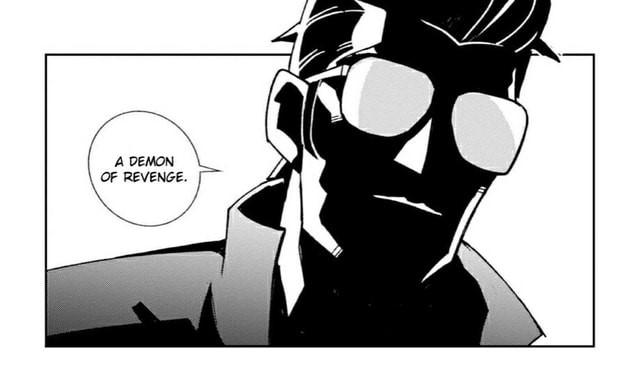
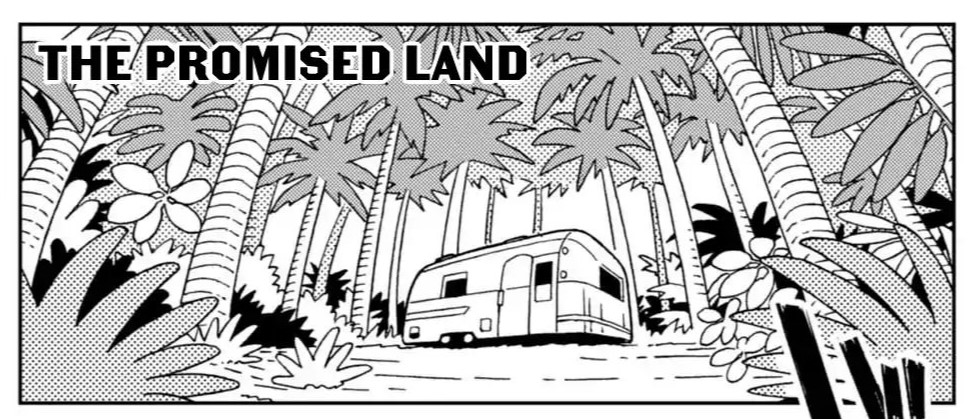

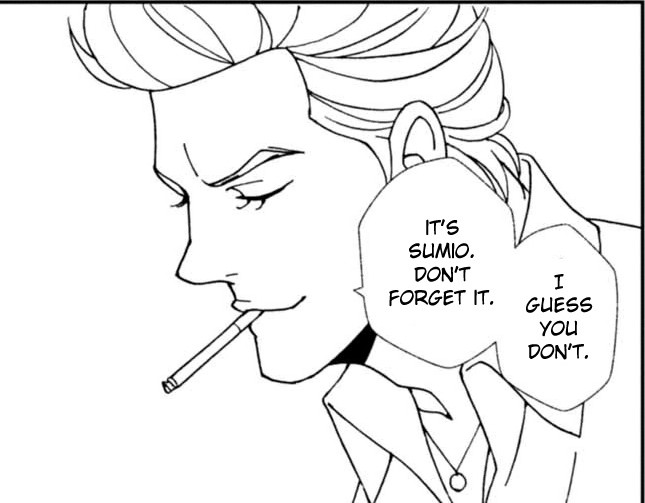
- Makkana Onnanoko takes place in a fictional town, Mayumori, which is only one train stop away from Twilight Syndrome’s Hina-shiro. Hina-shiro also happens to be the closest town with a Starbucks. Depending on one’s interpretation of the story, it may also be referencing the Shelter Children policy from The Silver Case.
- The Silver’s new release shipped with a short manga, PreLunatics, once again drawn by Syuji Takeya, covering the events between the ending of Moonlight Syndrome and the beginning of Lunatics, The Silver’s first case. The manga also happened to include a reference to the Kurogane family from Kurayami Dance. The release also included a new in-game collectible, a volume of Comic Beam which anachronistically featured Kurayami Dance on its cover. Lastly, the two new chapters that were added to the PlayStation 4 version and later retroactively implemented in the PC release with a patch, connect to The 25th Ward and Flower, Sun, and Rain respectively; the latter game had already received an English release back in 2008, and Suda had mentioned that with the added context of having played The Silver Case, the game would become more understandable.
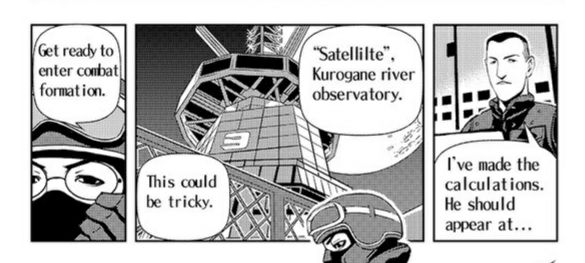
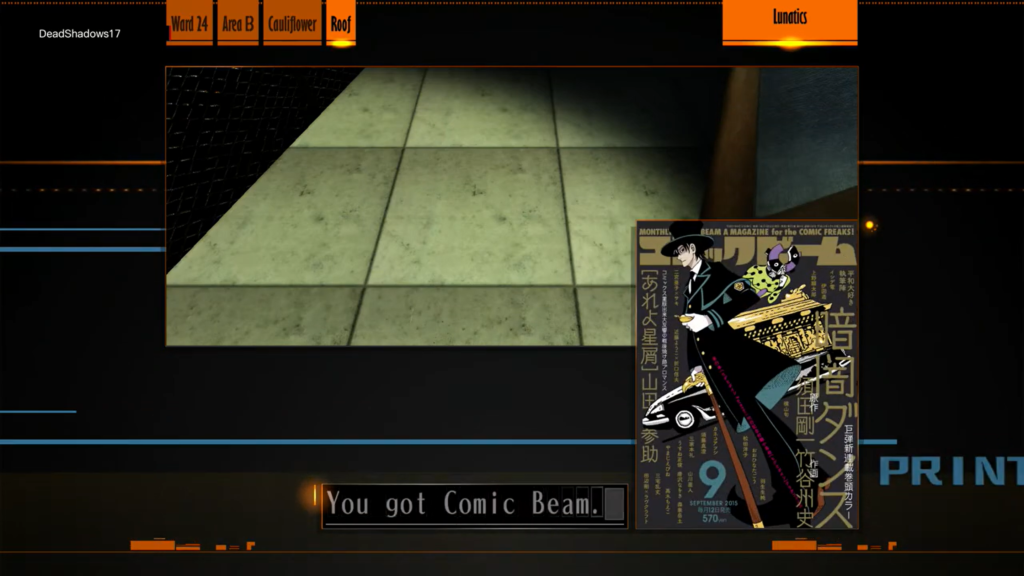
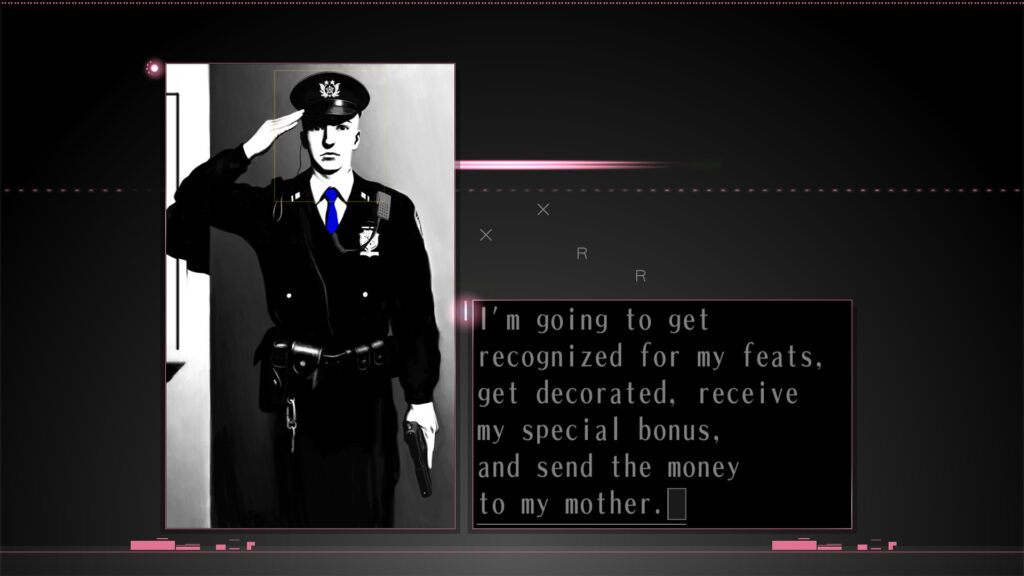

- The 25th Ward’s new release came with a host of new chapters: UTSUTSU and Whiteout connect the game back to The Silver, while YUKI not only references Moonlight Syndrome directly, but also happens to feature the same Starbucks mentioned in Makkana Onnanoko, renamed as “Strikes Again” in order to avoid a lawsuit and to further tease Travis’ return. The game’s new epilogue, Blackout, breaks the fourth wall to reference anything imaginable, from killer7, to the white-haired Sumio of Kurayami Dance, to a potential 26th Ward, even including a fairly long scenario in which the main character of that chapter travels into the future thanks to the help of some time cops in order to assist Travis Touchdown in his upcoming adventure, which would later be reprised beat-by-beat in Travis Strikes Again.
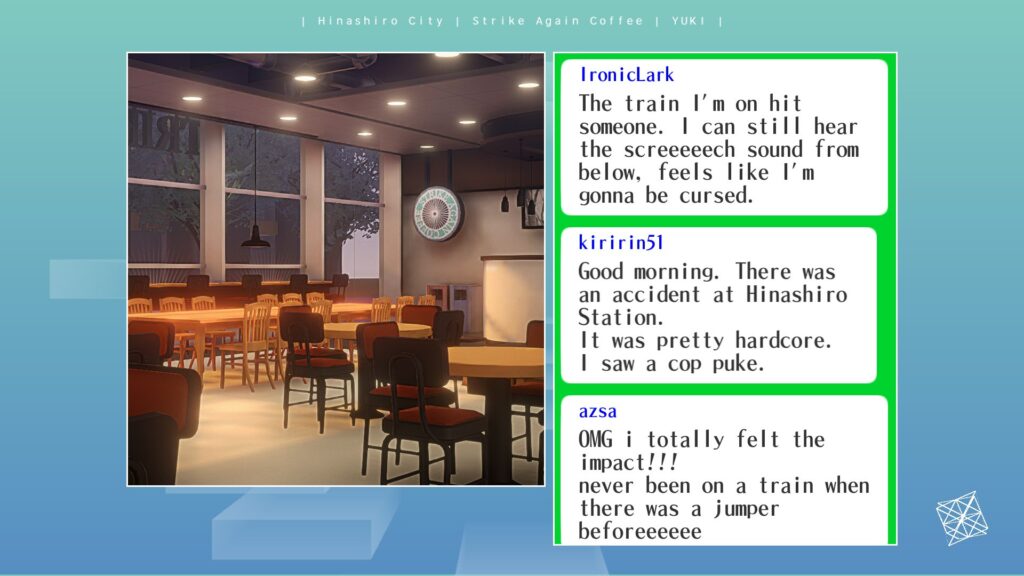
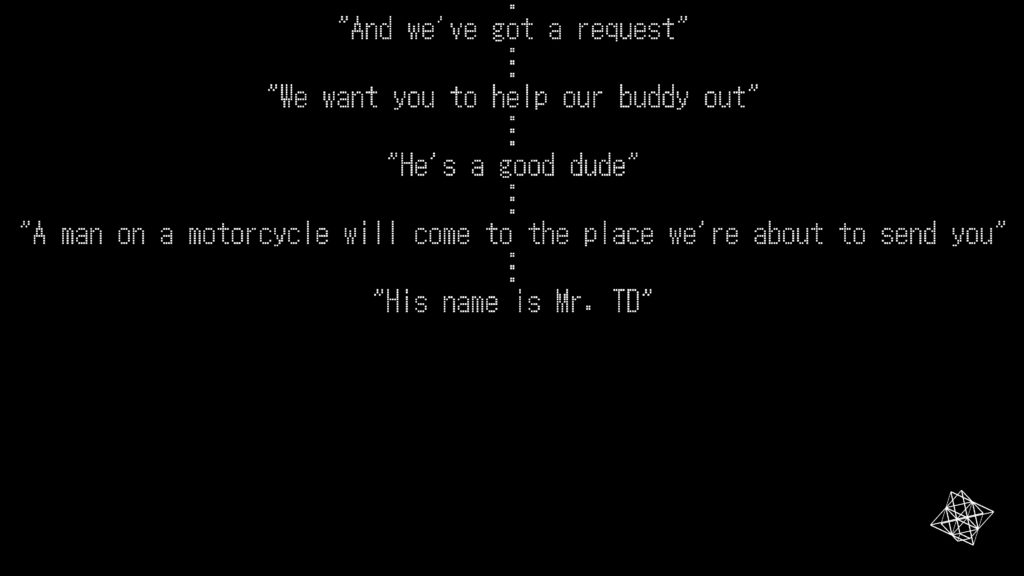
*NOTE: While most people may choose to believe Mr. TD refers to TouchDown, it’s obviously a play on TopDrunkee.
- The SUDA51 Official Complete Book included a new reprint of Killer is Dead (the short story), this time omitting the lie that a conclusion for it would be written. However, in this case, it was done to tease the upcoming on-screen debut of its main character, Shigeki Birkin a.k.a. Batman a.k.a. Badman as the co-star of Travis Strikes Again. It also included a new short story, Red, Blue and Green, which expanded upon the world of The 25th Ward while also introducing a new character, Midori Midorikawa, who would later make her appearance in No More Heroes III. (Red, Blue and Green would also be adapted into a Syuji Takeya manga to be bundled with the limited edition release of the Switch port of The Silver 2425 in 2021. The manga adaptation also ended up featuring a cameo from an unnamed Garcian Smith lookalike.)
Moreover, the book also featured an incomplete, unused scenario for Killer is Dead (the game), the one that Suda was unable to complete, and one other unused scenario for Kurayami, likely the fifth one produced chronologically, as it already featured gunplay and the project had already been renamed as Shadows of the Damned, bringing the total published drafts to four out of six.
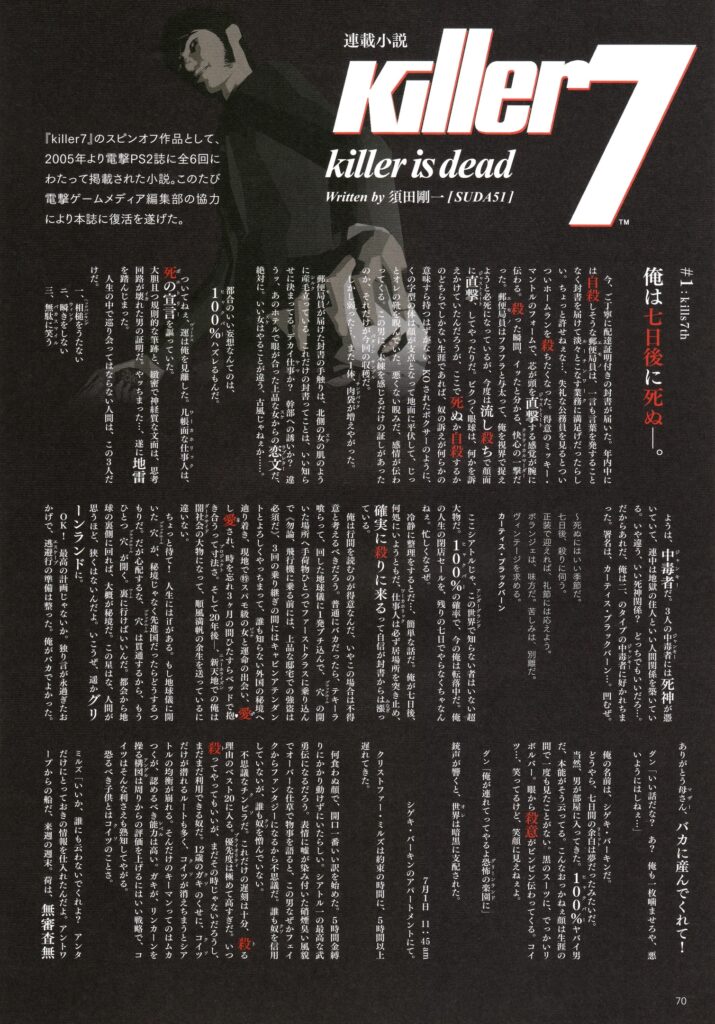
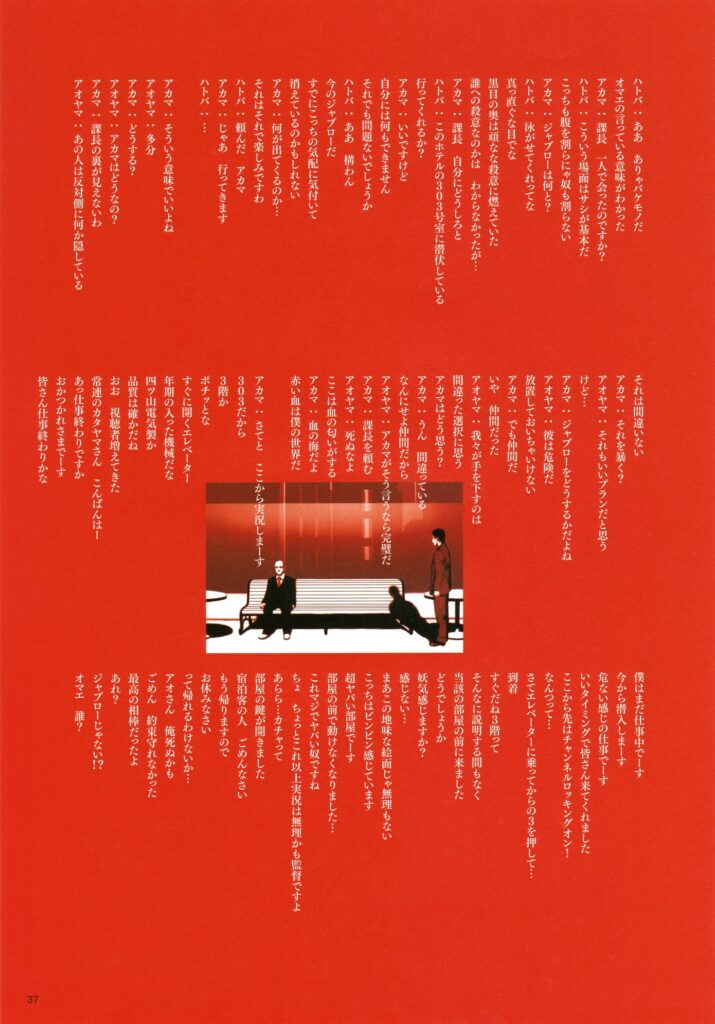
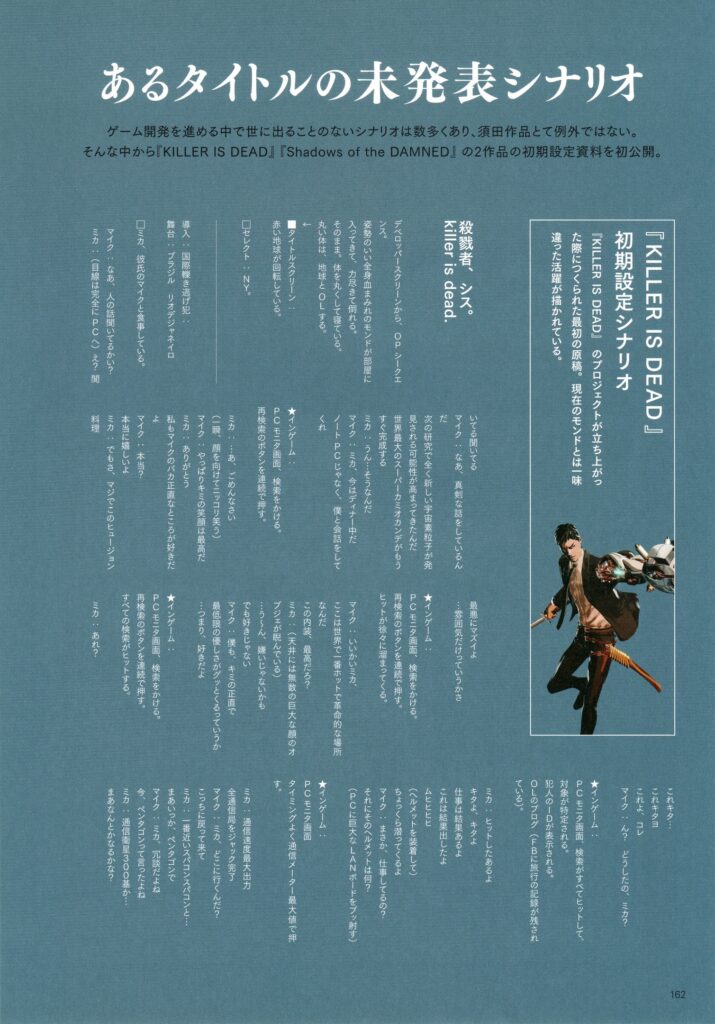
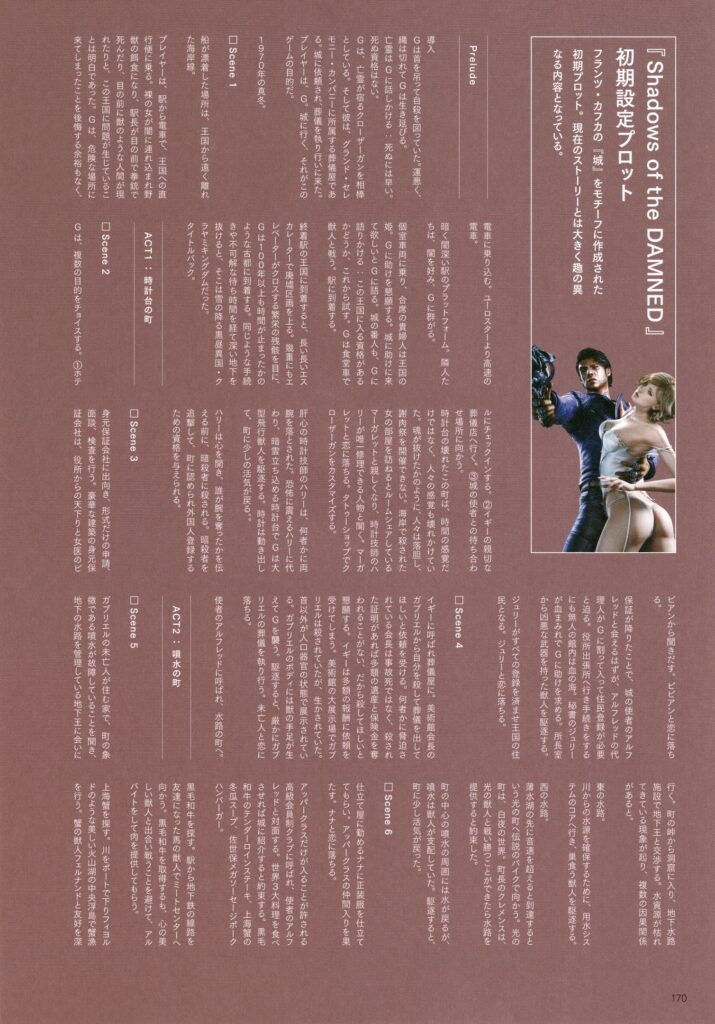
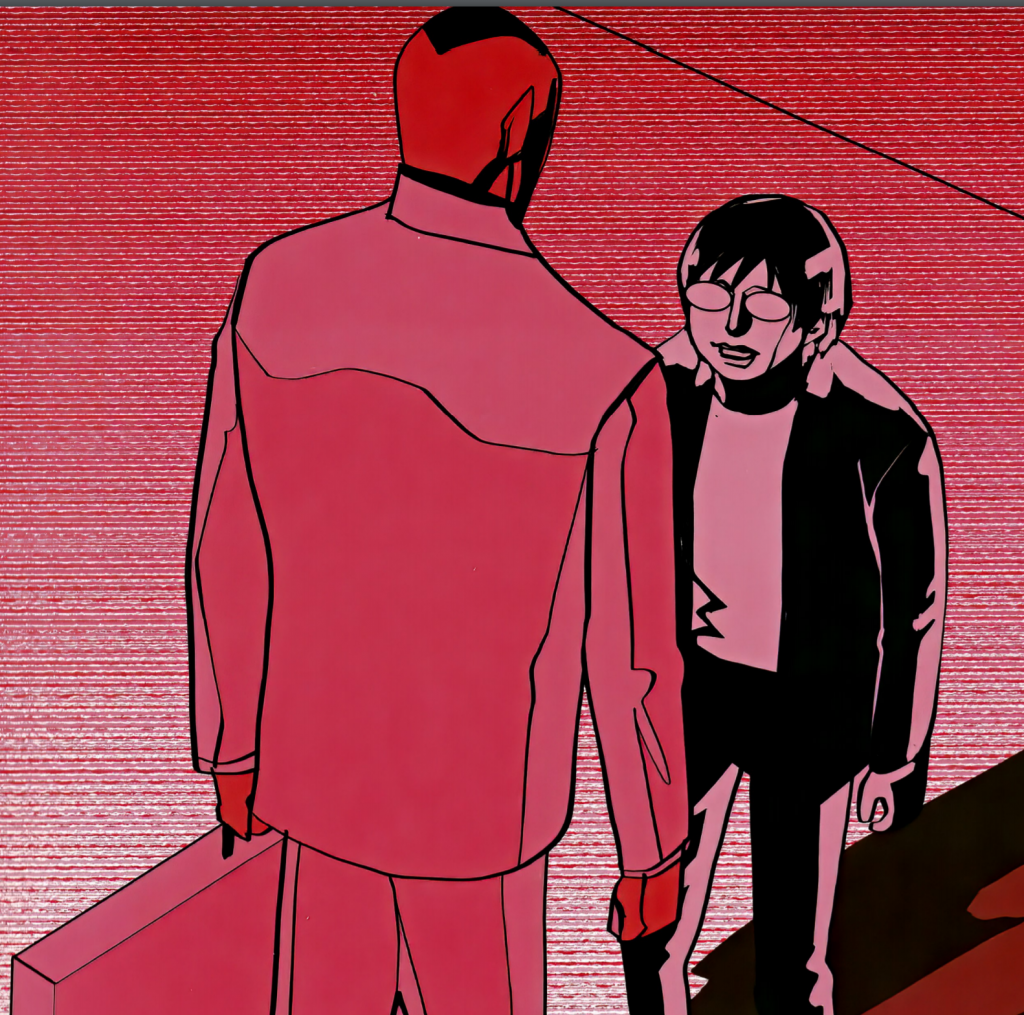
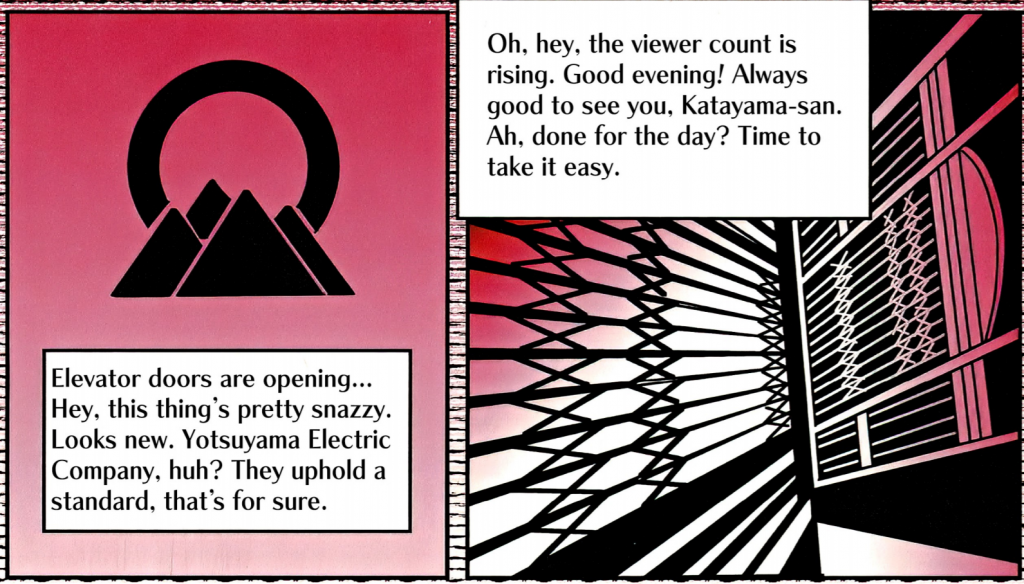
All of this served to set the stage for the company’s 20th anniversary celebration, its downsizing into a smaller studio to pursue personal projects, Suda’s return to the directorial chair after a full decade and Travis Touchdown’s return as the game’s protagonist with the following year’s Travis Strikes Again.
